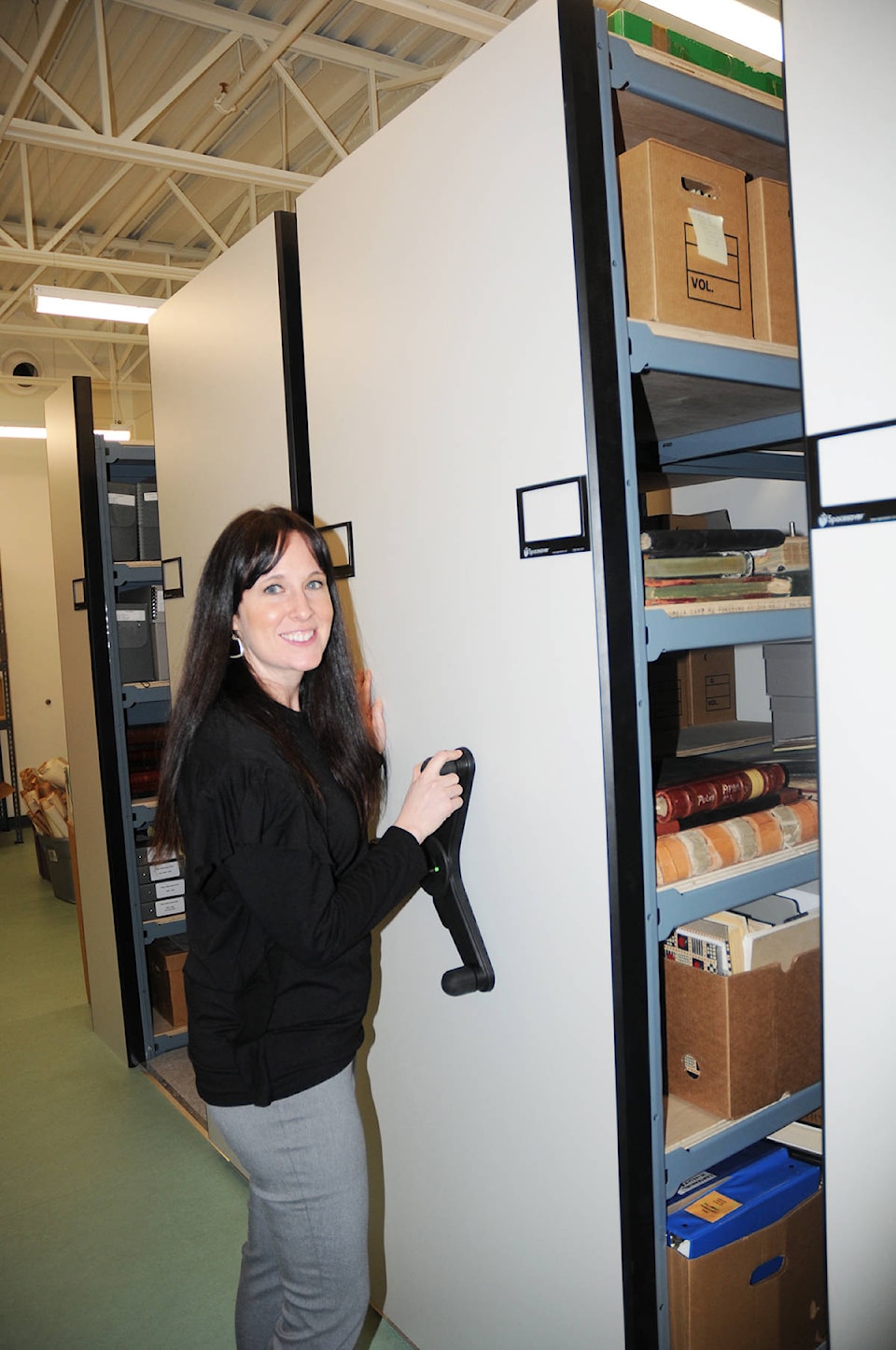Watching the National Museum of Brazil go up in flames on Sunday was distressing, to say the least, for local keeper-of-history, Sarah Benson-Lord.
“I actually had to turn off the news when I saw it,” said curator Benson-Lord from Trail’s museum and archives. “It is heartbreaking.”
With the city’s own irreplaceable collections - some dating back well over 100 years to a time when Trail was called Trail Creek - the newspaper asked Benson-Lord how local artifacts are being protected from potential disasters like fire.
“Naturally, these are things we don’t like to dwell on,” she began. “But from a preservation perspective, it is such an important aspect of collections management.”
With the archives now housed on the second floor of the Trail Riverfront Centre, instead of city hall, modern construction is going a long way in the preservation of historical documents and treasures.
“The vault is constructed with one-hour fire walls, with metal fire doors,” Benson-Lord explained. “Our archival collection such as textual records, microfilm collection, maps/plans, photographs and negatives, are all stored in there. It is equipped with its own specialized HVAC unit that regulates temperature separate from the rest of the building.”
Additionally, the vault maintains a consistent humidity level that is optimal for paper and photograph conservation.
“We only use LED lighting in both the vault and our galleries, as well,” Benson-Lord said. “Lastly, the vault is equipped with a delayed sprinkler system, which means a secondary alarm must be triggered before water is showered in a room full of paper. That means there is no standing water in the pipes until the alarm is triggered.”
All alarms are tested monthly and a thorough fire panel test is required to be completed annually.
The topic of Trail archives is particularly timely in another way, as the city is about to undergo a full collections appraisal in early October.
“For both insurance and emergency preparedness purposes,” Benson-Lord clarified.
“We have hired a team of experts from Toronto, specifically those familiar with Canadian sports history, to visit our facility for three days to assess the collections,” she explained.
“The appraisal will offer some insight on the rarity of the artifacts and specific archival records in our collection and will help to inform an emergency response plan for the collections.”
Most museums and archives have a plan in place that identifies key items in the collection that ought to be saved in the case of a catastrophic event.
“Naturally, staff already has a priority list,” Benson-Lord said. “However an appraisal will provide us with further evidence as to what should be removed and/or salvaged in the event of a flood, fire, or natural disaster.
“Once we have identified those items, staff and the Trail Historical Society will develop a retrieval procedure in the event of an emergency.”
Natural disaster aside, Benson-Lord says there’s another even bigger threat, this one sticky-fingered, to historical treasures.
“In all honesty,” she said. “The biggest threat to most collections is actually theft and the facility in its entirety is under surveillance for safety measures.”
The Trail Times asked Benson-Lord to describe what might be considered the most treasured artifact or collection.
“We consider every document deposited in our archives as important,” she shared. “But I would place considerable value on our collection of war letters, our newspaper collection, the original photograph collections of WJ Carpenter, Hughes Brothers and F. Steele, and the Colombo Lodge Archival Collection. “
Digital technology is a valuable tool in preserving such valuable pieces of City of Trail history.
“We limit exposure to our collections by maintaining a database that includes every item in our collections,” Benson-Lord said. “We can keyword search our text-bases to identify items in the collection without having to expose them to environmental contaminants. And we require the use of white gloves when we do have to access items in the collection.”
